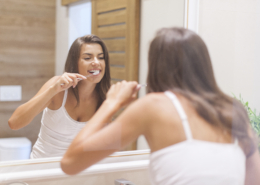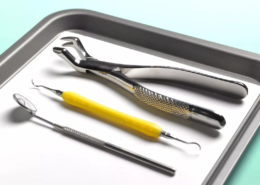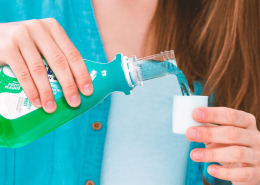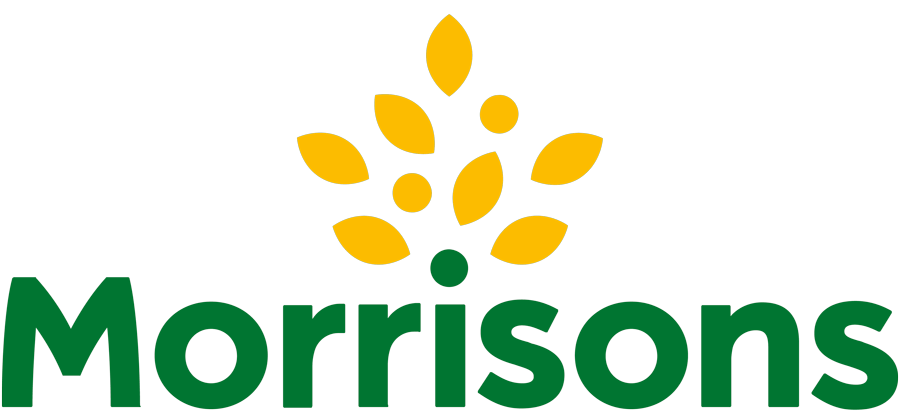 https://www.dentylactive.com/wp-content/uploads/2023/12/gum-disease-scaled.jpg
1707
2560
admin@dentyl
https://www.dentylactive.com/wp-content/uploads/2023/04/dentyl-1.svg
admin@dentyl2023-12-15 10:06:182024-05-23 12:08:17Does Mouthwash Help Gum Disease?
https://www.dentylactive.com/wp-content/uploads/2023/12/gum-disease-scaled.jpg
1707
2560
admin@dentyl
https://www.dentylactive.com/wp-content/uploads/2023/04/dentyl-1.svg
admin@dentyl2023-12-15 10:06:182024-05-23 12:08:17Does Mouthwash Help Gum Disease?Make sure your mouth is at optimal health with these oral regime tips. A good oral hygiene routine using advanced products specifically designed to combat and remove bacteria will lead to a healthier mouth and fresher breath.
It is important to make sure that any excess bacteria and debris are removed from your mouth. No single oral hygiene technique will get rid of them all, and as bacteria are very tenacious, it’s vital you combine brushing and flossing with the use of a good toothpaste and mouthwash.
Check out these useful tips to support your oral health and leave your mouth feeling great:
1. Mouthwash
A mouthwash reaches places that brushing cannot. Use twice a day to supplement your brushing and flossing routine. Make sure that the mouthwash you use is alcohol-free and that you can see proof it works by revealing the removed bacteria, like Dentyl Mouthwash!
Using Dentyl Mouthwash
To use mouthwash for the best results, follow these simple steps for a fresh and healthy smile.
- Shake the bottle well
- Pour the recommended amount into the bottle’s cap or a cup
- Being careful not to swallow it, swish the mouthwash around in your mouth for approximately 30 seconds.
- After swishing, spit the mouthwash out into the sink and rinse.
Avoid rinsing with water for at least half an hour, to allow the fluoride time to be absorbed into your teeth.
Mouthwash FAQs
Adding a new product to your dental health routine can be challenging, especially if you’re not feeling confident. Our mouthwash has comprehensive instructions on the bottle, but if you’re still unsure, read more here.
Should I use Mouthwash before or after brushing?
The data on this is inconclusive, but the NHS recommends waiting a while after brushing before you use mouthwash to avoid rinsing off the fluoride from your toothpaste too soon.
How frequently should I use mouthwash?
Dentyl Mouthwash can be used up to two times per day, and although the freshness it brings is enjoyable, it is important not to overuse it.
What happens if I swallow mouthwash?
Swallowing a small amount of mouthwash is usually not harmful but it can cause a mild stomach upset. Never drink mouthwash on purpose, as the ingredients can harm your digestive system. If breathing problems or a rapid heart rate develop, seek medical attention.
2. Brushing
Brush first thing in the morning before eating and drinking, and last thing at night. For adults use a toothbrush with a small to medium-sized head and soft to medium filaments (bristles). For children choose a brush appropriate to their age range.
Tests have shown that electric or ‘power’ toothbrushes are better than manual toothbrushes at removing plaque. They can remove up to twice as much plaque as a manual toothbrush. If you are unsure, ask your dentist or hygienist for advice on the one that best suits your needs.
Brush Your Teeth Well
When using a manual or powered toothbrush:
- Work around the mouth in an orderly way, making sure you clean all faces of the teeth to avoid missing any areas.
- Pay special attention to the area where the gums and teeth meet
- Brush for at least 2 minutes to do a proper job.
The Facts about Brushing Your Teeth
Brushing is not just to remove food. While cleaning your teeth can remove food residues, the main purpose is to remove plaque and tartar from the enamel. Plaque is a bacteria that grows on the teeth and eats away at the enamel, causing cavities. Brushing with toothpaste removes the plaque and adds fluoride to strengthen your teeth over time.
Brushing harder is not better at cleaning. All that is needed is a gentle brushing motion to take plaque off your teeth, but pressing too hard can damage your gums and possibly further erode your tooth enamel.
3. Flossing
It’s easy for food debris, plaque and bacteria to build up between the teeth, where a toothbrush can struggle to reach. Using floss, tape or another form of interdental brush to reach between those areas will really boost the effects of your dental hygiene routine.
How To Floss Your Teeth Correctly
Once a day, clean the surfaces between your teeth with dental floss by:
- Break off a long length of dental floss, enough to wind around your fingers at each end with approx. 5cm in between your hands.
- Wrap the ends of the floss around your middle fingers so that you can pinch with your index finger and thumb to control the floss gently.
- Thread the floss between the first pair of teeth and move it back and forth, applying pressure on one tooth at a time.
- Clean from top to bottom on both sides of the gap, then move the floss to the next pair.
- Repeat until you have cleaned every tooth with the floss.
Be gentle, and avoid sliding the floss into your gum as this could cause scratches or bruises. You may want to rinse or brush after flossing to remove any debris that has been dislodged.
Flossing Facts
Brushing your teeth only reaches half of your teeth’s surface area.
Floss daily. Cleaning between your teeth is not just something to get food from between your teeth. You need to clean plaque and tartar from every part of the tooth, even where they touch.
You can floss if you have braces or a permanent retainer. It may be easier for you to use an interdental brush or an oral irrigator to reach underneath wires, even if it takes time to get used to the feeling.
Flossing shouldn’t hurt. If you experience pain when flossing, you may have gum disease or gingivitis and should speak to your dentist who can help.
4. Your tongue
A high percentage of bacteria builds up in the hard-to-reach area at the back of the tongue. Clean this area gently with an efficient tongue cleaner specifically designed to do the job perfectly.
How to Clean Your Tongue
Reduce the bacteria build-up in your mouth by cleaning your tongue with your chosen tool. You can use a tongue scraper, toothbrush or mouthwash. If you are using a scraper, follow these steps:
- Stick out your tongue as far as possible
- Breathe in and place the scraper at the back of your tongue
- Press down gently and pull towards the tip of your tongue.
- Rinse the scraper under warm water to remove bacteria and debris. Spit as needed.
- Repeat a few times.
- Exhaling as you apply pressure can help calm the gag reflex, but adjust the position and pressure as needed.
Facts About Tongue Health
Tongue scrapers are not dangerous. Provided it isn’t broken or sharp, a tongue scraper should not harm you or your taste buds.
Tongue Scraping improves your sense of taste. By removing any built-up bacterial layers, more taste buds are exposed to your food, helping you enjoy a full range of flavours.
Bad Breath isn’t necessarily cured by tongue scraping. Although cleaning your tongue can help with halitosis, it won’t stop bad breath completely. Regular tongue cleaning can help you avoid severe halitosis due to bacterial build-up, though.
5. Regular dental visits
Don’t wait until you have a problem! Make sure you regularly see your dentist or hygienist and ask them to check your brushing technique and oral hygiene regime.
Don’t Fear the Dentist
While it is common to associate dentists with fear, whether it’s due to the sounds or smells this often relates to uncomfortable experiences in the past. Today, dentistry techniques have improved dramatically and modern dentistry should be completely painless.
Regular dental check-ups, at least once every six months, mean any issues will be caught early and you can avoid the need for complex treatments. If you do need a filling or extraction, your dentist will do everything they can to make you comfortable. You can always ask your dentist to stop at any time.
Dentist FAQs
How often should I visit the dentist?
At least twice a year you should have your teeth checked for any emerging cavities or other problems. Your dentist’s office will support you with booking future appointments.
What Happens at a Regular Dental Check-Up?
You’ll meet your dentist, who will direct you to the chair and look at your teeth. They will assess each tooth for concerns, whether they need cleaning or any other treatment, and create a record that they can check at future appointments to assess any changes.











